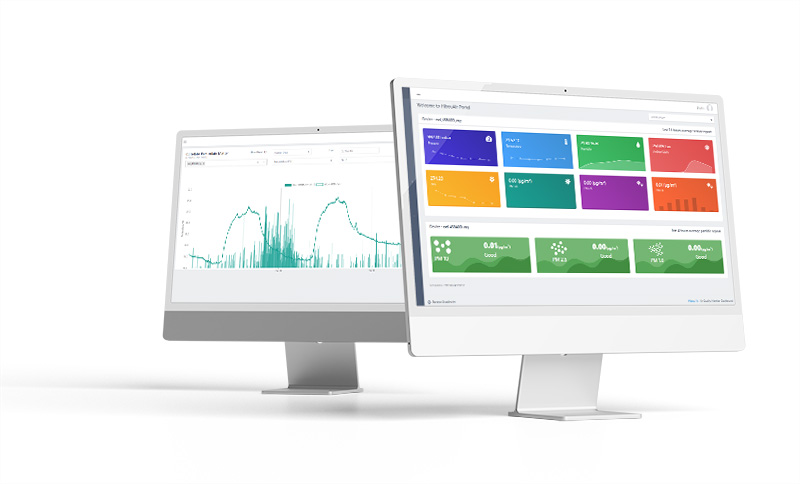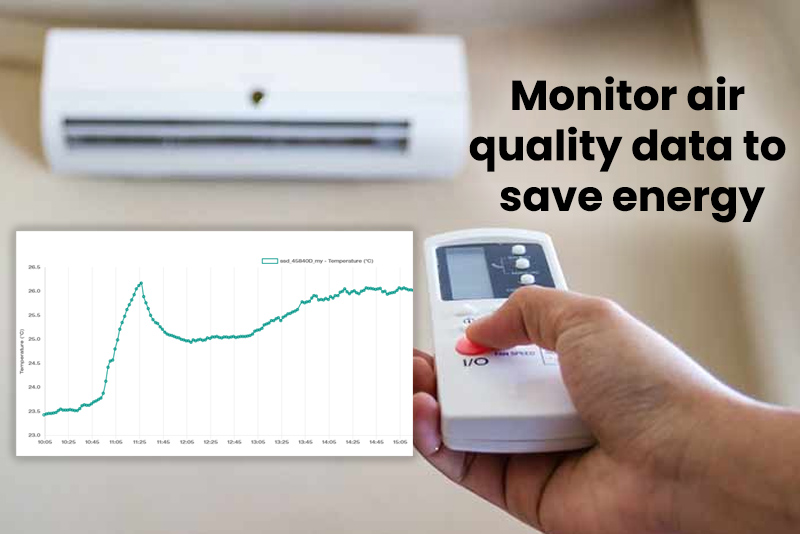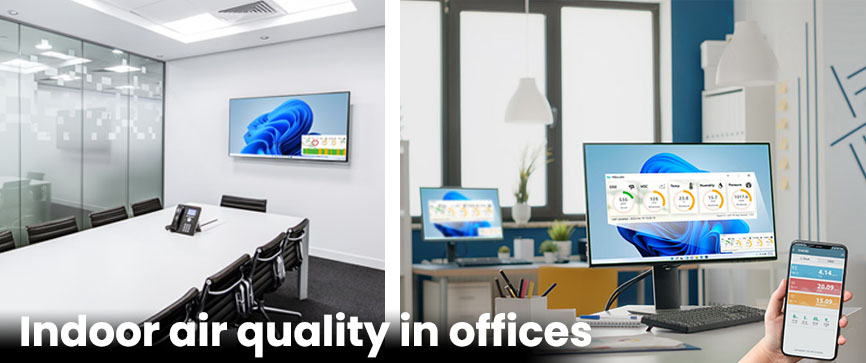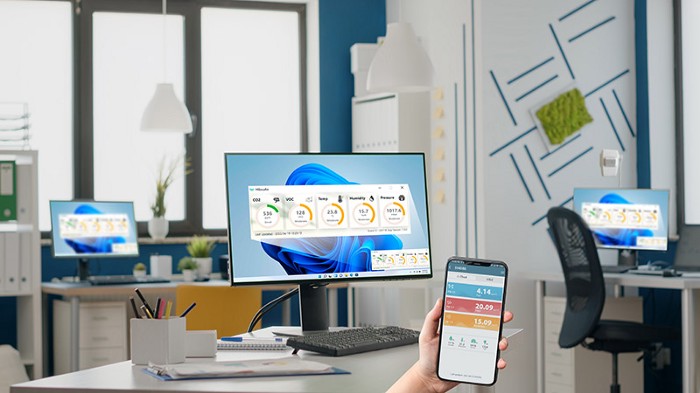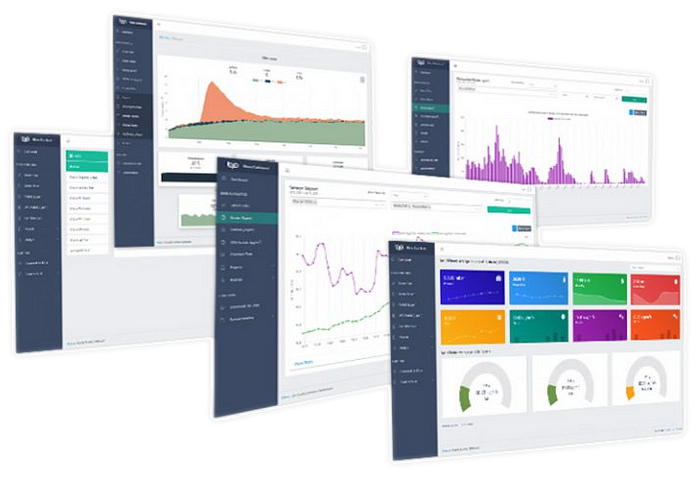A building management system (BMS), is a fully computerized and automated control system that controls and monitors mechanical and electrical building equipment, such as ventilation, lighting, electrical systems, fire extinguishing systems and protection systems. This tool has given facility managers a central system through which they can monitor and control building operations such as lighting, security systems and elevators.
A BMS can be used to bring the exact amount of fresh air that is needed to make sure occupants stay productive by measuring CO2 levels and delivering demand-controlled ventilation. Companies who know how to drive productivity get the most out of their people’s talent, produce fewer failures and bring better products and services to the market, which in turn drives revenue and profits. Staff are the most valuable asset of any organisation.
Today, the measurement of carbon dioxide is an important tool to ensure good ventilation of the building while saving energy by reducing the number of over-ventilated buildings. Obviously high levels of CO2 indoors indicate poor ventilation, which also allows other potentially dangerous air pollutants to accumulate and create health, productivity and comfort problems. However, measuring CO2 is not an indicator of good air quality: it is an indicator of the need for air renewal.
A CO2 sensor is an instrument used for the measurement of carbon dioxide gas in a given environment. These devices usually record carbon dioxide in parts per million (ppm) in occupied spaces and offer us a sample of the concentration of this gas in the air we breathe.
With the use of CO2 sensors, it is possible to identify the areas or inhabited rooms in which the levels of carbon dioxide are higher than acceptable. From here it will be necessary to design or adjust the ventilation systems and the airflow to these needs in order to obtain adequate renewal and quality of the interior air.
Air quality monitoring devices can be linked to BMS. HibouAir is one such air quality monitoring device that measures all important environmental parameters. HibouAir is simple, easy to install and economical.
Why HibouAir for building management system
HibouAir is an air quality monitor specially designed for indoor air quality monitoring. HibouAir comes with a quick & easy set-up as it doesn’t require connecting or pairing. The device can be mounted easily on the wall. This indoor air quality monitor provides not only the concentration of different elements in the air such as CO2 or PM and volatile organic compounds (VOC) but also the other parameters such as humidity, temperature, atmospheric pressure & light level that affect the ambient environment around us. The device can store up to 7 days of indoor air quality data for analysis and decision-making. The system will be able to read real-time air quality data from HibouAir via Bluetooth or cloud using the API for effective ventilation.
Order Now



